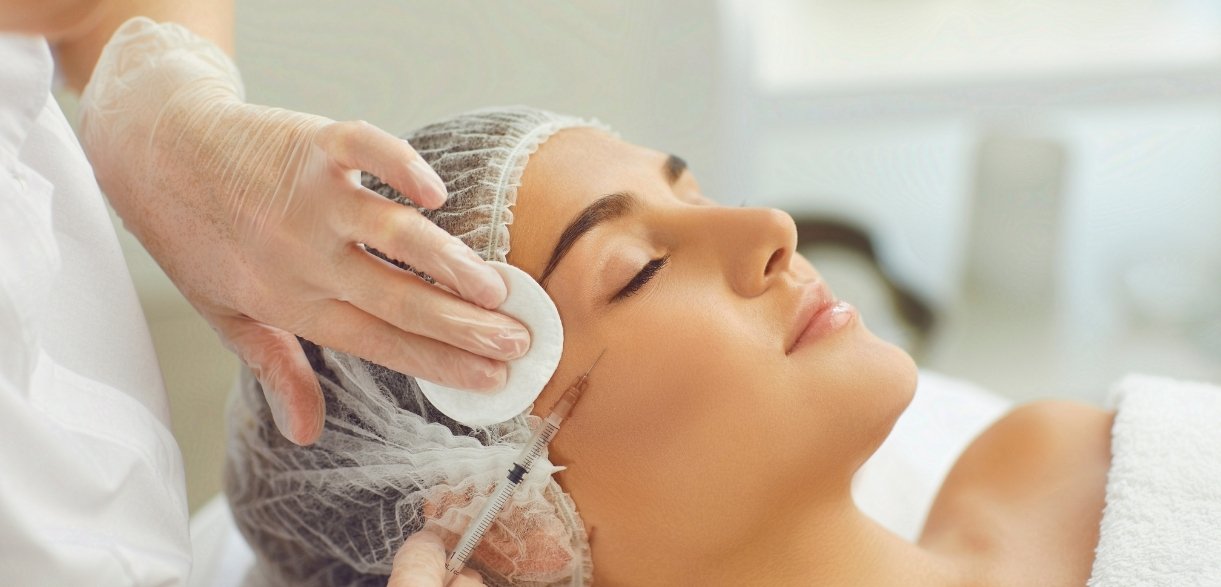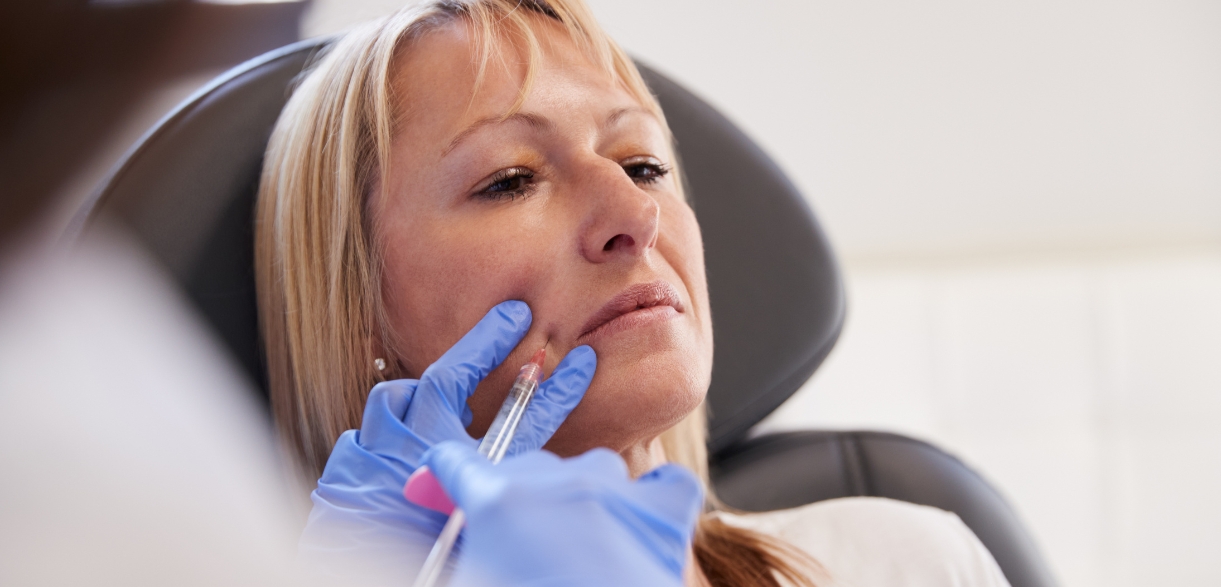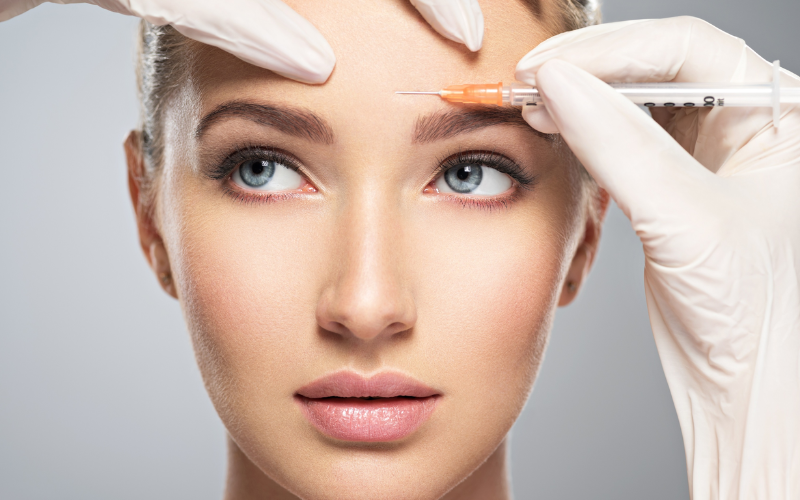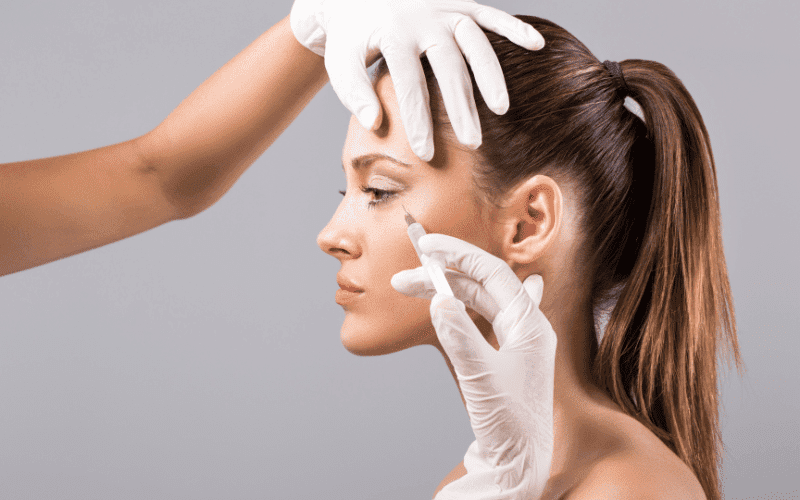1520 Green Oak Place, Suite B Kingwood, Tx 77339
How Long Does Botox Last? Tips for Maintaining Your Results

Botox has become one of the most popular non-surgical cosmetic treatments worldwide, known for its ability to smooth wrinkles and fine lines. Many people turn to Botox for a quick, effective solution to maintain a youthful appearance.
One of the most common questions about Botox is, “How long do the results last?” The duration of Botox’s effects can vary depending on several factors, but understanding these can help set realistic expectations.
This post will explore how long Botox typically lasts and the key factors influencing its longevity, as well as provide tips for maintaining results for as long as possible.
What is Botox and How Does it Work?
Botox is a brand name for botulinum toxin, a substance that temporarily relaxes muscles. It’s most commonly used to reduce the appearance of wrinkles and fine lines on the face.
This treatment works by blocking the nerve signals that tell muscles to contract, temporarily paralyzing them. This prevents the formation of lines caused by repeated facial movements like frowning or squinting.
Botox doesn’t just mask wrinkles; it targets the root cause by relaxing the muscle movement that causes them. The treatment is quick, with minimal discomfort, and provides results that gradually smooth the skin.
How Long Does Botox Last?
Botox is a temporary solution, with most treatments lasting between 3 and 6 months. The exact duration depends on several factors, and understanding them can help you manage your expectations.
1. Treatment Area
The area treated can impact how long Botox lasts. For example, Botox injections in the forehead or glabella (the area between the eyebrows) often last 3-4 months, while areas like crow’s feet around the eyes may retain their smoothness for up to 6 months. Smaller muscles, like those around the eyes, may metabolize Botox more quickly.
2. Age
Age plays a role in how Botox lasts. Younger patients may experience longer-lasting results because their skin is more resilient, and the muscles are less prone to developing deep lines. As we age, our skin naturally loses collagen, and muscle movement becomes more pronounced, which can reduce the duration of Botox effects.
3. Metabolism and Lifestyle
Your metabolism has a significant influence on how long Botox lasts. People with a faster metabolism tend to break down Botox more quickly, which may result in shorter-lasting effects. Additionally, lifestyle factors such as exercise and diet can play a role. Regular exercise, for instance, can increase circulation, potentially speeding up the breakdown of Botox.
4. Dosage
The amount of Botox injected during the treatment also affects how long the results last. Larger doses may last longer, but a professional injector should always determine this. Too little Botox might result in a less noticeable effect, while too much can cause unnatural-looking results.
5. Frequency of Treatments
If you get Botox regularly, your results may last longer over time. Repeat treatments can train the muscles to stay relaxed, so they require less Botox in subsequent treatments. Returning for touch-ups before the Botox completely wears off may help maintain smoother, more consistent results.
Signs Your Botox is Wearing Off
As the effects of Botox start to wear off, you’ll notice gradual changes. Fine lines and wrinkles that were previously softened will begin to reappear.
These signs typically show up around the 3-4 months, depending on your treatment and factors like metabolism. The muscles will slowly regain their ability to contract, meaning facial expressions like frowning, smiling, or squinting may start to produce visible lines once again.
Don’t panic; this is a normal process. Botox doesn’t leave any lasting effects once it fades, and your face will return to its pre-treatment state.
Tips for Maintaining Botox Results
While Botox does wear off over time, several ways exist to extend the results and maintain smoother skin longer. Here are some practical tips to help you make the most of your treatment:
1. Regular Touch-Ups
Schedule maintenance treatments every 3-6 months to keep your results fresh. Touch-ups prevent wrinkles from deepening and ensure that your face remains youthful-looking.
2. Stay Hydrated and Avoid Alcohol
Dehydration can affect the appearance of your skin, making wrinkles more noticeable. Drinking plenty of water will help keep your skin plump and healthy. Excessive alcohol consumption can also dry out the skin, so it’s best to limit your intake.
3. Sun Protection
UV damage can accelerate the aging process and reduce the effects of Botox. Always wear sunscreen with a broad-spectrum SPF of at least 30 to protect your skin from harmful UV rays. Avoiding direct sun exposure also helps prevent the formation of new wrinkles.
4. Avoid Extreme Facial Expressions
Botox works by relaxing the muscles that cause wrinkles from repeated facial expressions. To maintain your results, avoid overexerting these muscles. While Botox allows you to move your face naturally, excessive frowning, squinting, or exaggerating expressions can reduce its effectiveness.
5. Proper Aftercare
After your Botox treatment, follow your provider’s instructions carefully. Avoid touching or massaging the treated areas for at least 24 hours to prevent Botox from migrating to unintended areas.
6. Skincare Routine
Invest in a skincare routine that focuses on hydration and skin health. Use gentle, nourishing products to help keep your skin glowing and youthful. Consider incorporating retinoids or peptides into your routine to support collagen production and skin elasticity.
When Should You Schedule Your Next Botox Treatment?
Timing your Botox touch-up is crucial for maintaining a smooth appearance. If you wait too long between treatments, your muscles may regain their full range of motion, and wrinkles may deepen.
Typically, Botox is most effective when you schedule your next treatment before the results fully wear off. If you notice the return of noticeable lines or your face seems more expressive again, it’s time for a touch-up. Most people find that scheduling treatments every 3 to 6 months is optimal.
Botox is a fantastic way to reduce wrinkles and maintain a youthful appearance. On average, Botox lasts between 3 to 6 months, depending on factors like the treatment area, your age, lifestyle, and the amount used. To maximize your results, consider regular touch-ups, staying hydrated, wearing sunscreen, and avoiding extreme facial expressions.
With proper care, you can enjoy smoother skin and youthful results for longer. If you’re considering Botox, schedule a consultation with us to discuss how it can work best for your needs.







